Amazing Artisan Bread for 40 Cents a Loaf - No Kneading, No Fussing, No Kidding
 February 26, 2010
February 26, 2010 Update: If you're interested, I've written an update on this technique here.
What if I told you that instead of buying bakery bread for four or five dollars a loaf, you could make delicious handmade bread whenever you wanted, at a fraction of the cost and it is so easy a kid could do it? Well, read on because this method of making artisan bread at home will change your life.
You can make incredible bread without having to do all the usual time consuming tasks of breadmaking :
- no need to make a new batch of dough every time you want bread
- no need to proof yeast
- no need to make starters or prefermented dough
- no kneading!
In the last few years, several methods for making easy no-knead bread doughs have crept up on the internet and gained popularity. Among the most popular have been Jim Leahy's No-Knead Bread and Jeff Hertzberg and Zoe Francois' Artisan Bread in Five Minutes a Day. These breads drastically cut down the amount of time and work that it was always assumed had to go into artisan bread making. Even the Zen Master of bread making, Peter Reinhart, has jumped onto the bandwagon, admitting that these no knead methods have made him rethink everything he knew about breadmaking:
"The results have forced me to reconsider all of the premises I once held sacrosanct".
So what is going on here?
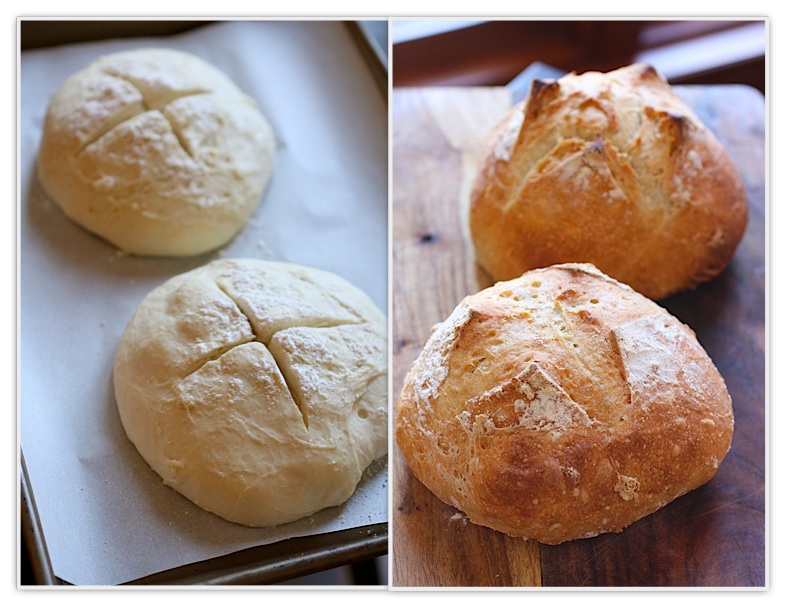
Boules Rising and Boules after Baking
The key is mixing up a high moisture, or "slack" dough, and letting it do a long fermentation in the refrigerator. It's long been known that a long fermentation contributes flavor to dough but it seems it also develops gluten and eliminates the step of kneading. The advantage in using refrigeration is that you can control the fermentation and you can make up a large batch of dough, enough for four loaves, and keep it in the fridge. If you make a very wet dough, it will be able to last in the refrigerator a long time, gaining flavor as it ferments and allowing you to make bread whenever you decide. This is not to say there is not a place for multi-stage, time-consuming bread making techniques which require 15 minutes of kneading - I love making my homemade focaccia, which takes three rises every time I make a batch. But this bread is absolutely a no-brainer. You mix up a big batch of dough in one container, a process which takes only a couple of minutes (remember, there is no proofing of yeast or starters to make). When you want bread, you cut off a hunk of dough and shape it. You can make various sizes and shapes: boules, batards, rolls or baguettes. It's just so convenient and makes such a beautiful bread with a crackly crust, you won't believe it. I've even shaped the dough into rolls. Peter Reinhart points out that the home baker has an advantage over the commercial baker with this technique - the commercial bakery does not have the refrigeration space to use a method like this. As a home baker, we can make up small batches of dough, refrigerate it and enjoy fresh bread whenever we want it. If you are buying fresh bread three times a week at $4.00 per loaf, you are spending about $50 a month on bread! This bread is only about 40 cents a loaf to make. And, since bread is best the day it is made, you don't have to drive to the grocery/bakery to get it every time you want a loaf.
To see how easy it is to get a loaf ready, you can watch me form a loaf in about 30 seconds:
This bread is very versatile, also. In both Peter Reinhart's book and Jeff Hertzberg and Zoe Francois' book, they give you many variations of breads made with the master bread recipe in each book. You can make whole wheat breads, cheese breads, herb breads, breads stuffed with sun dried tomatoes, Challah, Semolina Bread and on and on. Jeff Hertzberg and Zoe Francois have come out with another book, "Healthy Breads in Five Minutes a Day", for people who would like more whole grain recipes and gluten free breads. This is a great book, too, and has lots of wonderful ideas in it. I have all three books and strongly recommend them if you want to try easy bread making. It's nice to be able to make bread whenever the whim hits you - I have several types of doughs in my refrigerator, happily fermenting away.
In these recipes, instant yeast is used, which eliminates the need for "proofing" the yeast. Everything is simply mixed together. If you are interested in learning more about yeast, my recent "Yeast Explained" post may be of interest to you. Instant yeast is sometimes labeled "fast acting yeast" and is sold under the names of "Rapid Rise" and "Quick Rise" yeast. Also, Bread Machine yeast is simply instant yeast. I like to buy my yeast in the little jars instead of the packets because I can use only as much as I need out of the jar and it tends to be cheaper.

One way of letting the dough rest and rise is to place it on a pizza peel, dusted with some cornmeal. This works well when we make pizzas and pop them right into the oven. However, for this the bread seems to stick because you have to let it sit so long on the pizza peel and rest. So I place a small square of parchment paper on the pizza peel and put the dough right on that. When I slide it into the oven, it goes in along with the parchment paper and bakes up beautifully. If you want an extra crispy crust, just remove the parchment paper halfway through the baking time and return the bread to the pizza stone - this is what I do.
The dough can be stored in any plastic container with a lid or a bowl with plastic wrap placed over it. You want the gases to be able to escape as the dough rises, though - so wrap the plastic wrap over the bowl tightly and then puncture a little hole in the top. It is nice to have a dedicated plastic container, though, in the fridge for your dough, because you are going to just keep it in there all the time. Although these containers are recommended by the authors and the King Arthur Flour website has these nice dough rising buckets, I bought a square plastic-lidded container at my local grocery store because I thought it fit in my fridge better. You can see it in the photos below. I place the lid on tightly, but I punched a small hole in the top. This is important to do.
So get out a bowl if you don't have a plastic container, mix up a batch of dough and have your first loaf tomorrow. You won't believe it.
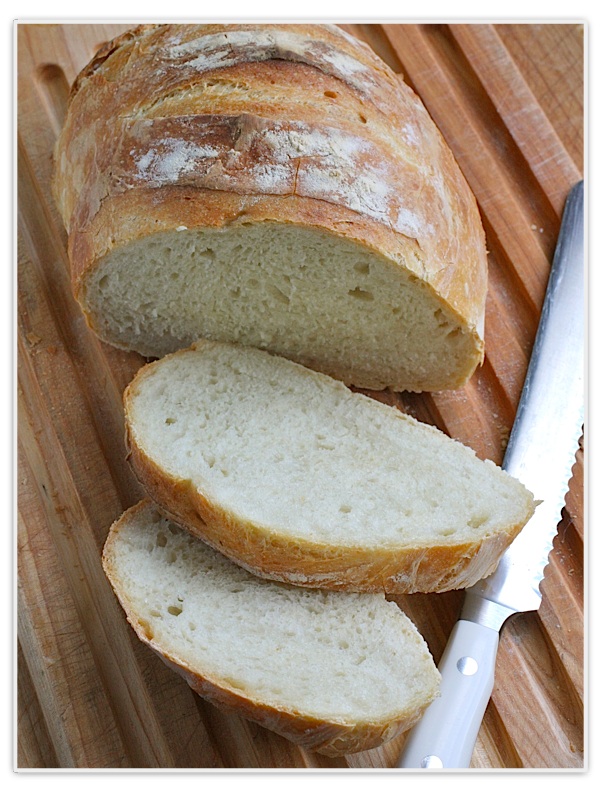
No Knead Artisan Bread
adapted from Artisan Bread in Five Minutes a Day
for a printable recipe, click here
makes four 1 pound loaves.
Ingredients:
- 3 cups lukewarm water
- 1½ tablespoons granulated fast acting (instant) yeast (2 packets)
- 1½ tablespoons kosher or other coarse salt
- 6½ cups unsifted, unbleached all purpose white flour*
(My favorite way to make this bread now is to use half bread flour, half all-purpose flour and throw in ½ cup wheat bran into the dough.)
*After baking, if your bread is gummy on the inside, try either increasing the amount of flour by ½ cup and/or increasing the baking time by 10 minutes.
Instructions:
Mixing and Storing the Dough
1. Warm the water slightly. It should feel just a little warmer than body temperature, about 100 degrees F. Warm water will rise the dough to the right point for storage in about 2 hours.
2. Add yeast and salt to the water in a 5 quart bowl or a plastic container with a lid.
3. Mix in the flour - kneading is unnecessary. (Note: I dump all this in my KitchenAid mixer, let it mix it for just about 10 seconds and then put it in the plastic container. I just find it easier to let the mixer do this part). Add all of the flour at once, measuring the flour by scooping it and leveling it off with a knife. Mix with a wooden spoon - do not knead. You're finished when everything is uniformly moist, without dry patches. This step is done in a matter of minutes. The dough should be wet and loose.
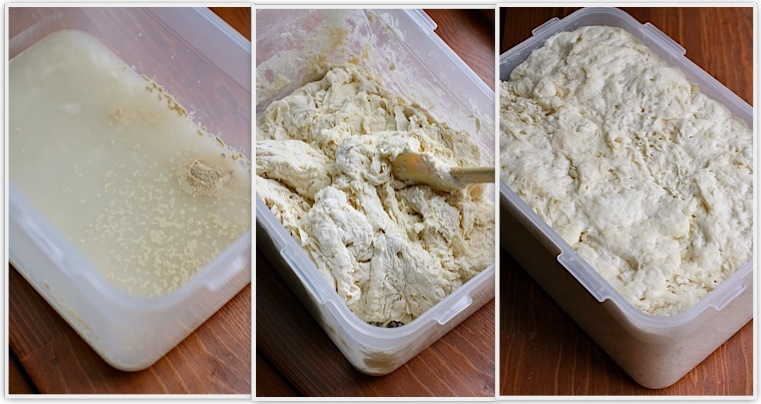
4. Allow to rise. Cover with a lid (not airtight). Lidded plastic buckets designed for dough storage can be purchased many places. (I used a plastic square food storage container I got at my local grocery store. I now use a Rubbermaid 21-cup Dry Food Container. I punched a hole in the top). You want the gases to be able to escape a little. Allow the mixture to rise at room temperature until it begins to collapse (or at least flattens on top), about two hours. Longer rising times will not hurt your dough. You can use a portion of the dough any time after this period. Fully refrigerated wet dough is less sticky and is easier to work with than dough at room temperature. So, the first time you try this method, it's best to refrigerate the dough overnight (or at least 3 hours) before shaping a loaf.
Baking
5. Shape your loaf. Place a piece of baking parchment paper on a pizza peel (don't have a pizza peel - use an unrimmed baking sheet or turn a rimmed baking sheet upside down). Sprinkle the surface of your dough in the container with flour. Pull up and cut off about a 1-pound piece of dough (about the size of a grapefruit), using scissors or a serrated knife. Gently stretch the surface of the dough around to the bottom on all four sides, rotating the ball as you go. Dust your hands with flour if you need to. This is just to prevent sticking - you don't want to incorporate the flour into the dough. The top of the dough should be smooth - the object here is to create a "gluten cloak" or "surface tension". It doesn't matter what the bottom looks like, but you need to have a smooth, tight top. This whole step should take about 30 seconds! Place the dough onto your parchment paper.

6. Let the loaf rise for about 30 - 40 minutes (it does not need to be covered). If it doesn't look like it has risen much, don't worry - it will in the oven. This is called "oven spring".
7. Preheat a baking stone on the middle rack in the oven for at least 20 minutes at 450 degrees F. Place an empty rimmed metal baking pan or broiler pan on a rack below the baking stone. This pan is for holding water for steam in the baking step. (If you don't have a baking stone, you can use a baking sheet, but you will not get the crisp crust on the bottom. You will still have a great loaf of bread. Baking stones are cheap and easy to find - Target carries them - and are a must for making pizzas, so go out and get one as soon as you can.)

8. Dust the loaf with a little flour and slash the top with a knife. This slashing is necessary to release some of the trapped gas, which can deform your bread. It also makes the top of your bread look pretty - you can slash the bread in a tic tac toe pattern, a cross, or just parallel slashes. You need a very sharp knife or a razor blade - you don't want the blade to drag across the dough and pull it. As the bread bakes, this area opens and is known as "the bloom". Remember to score the loaves right before baking.
9. Bake. Set a cup of water next to your oven.* Slide the bread (including the parchment paper) right onto the hot baking stone. Quickly pour the water right into the pan underneath the baking stone and close the oven door. This creates the necessary steam to make a nice crisp crust on the bread. Bake at 450 F for about 30 - 35 minutes, depending on the size of your loaf. Make sure the crust is a deep golden brown. When you remove the loaf from the oven, you will hear it crackle for a while. In baking terms, this is called "sing" and it is exactly what you want.
* update: I have recently begun skipping this step with the water. I believe it caused my oven window to eventually crack and I have found that my bread is still great even without the water. If you want an extra crispy crust, though, it is worth doing once in a while
10. Cool. Allow the bread to cool for the best flavor and texture. It's tempting to eat it when it's warm, and that's fine, but the texture is better after the bread has cooled.
11. Store the remaining dough in the refrigerator in your lidded (with a hole punched in the top) container and use for up to 14 days. Every day your bread will improve in flavor. Cut off and shape more loaves as you need them. When your dough is gone, don't clean the container. Go ahead and mix another batch - the remaining bits of dough will contribute flavor to the next batch, much like a sourdough starter does!
Bread is best eaten the day it is baked. Leftover baked bread is best stored at room temperature, unwrapped. Simply place the cut side of the bread on plate or counter. If your bread is gummy on the inside, try either increasing the amount of flour by 1/4 cup and/or increasing the baking time by 5-10 minutes.
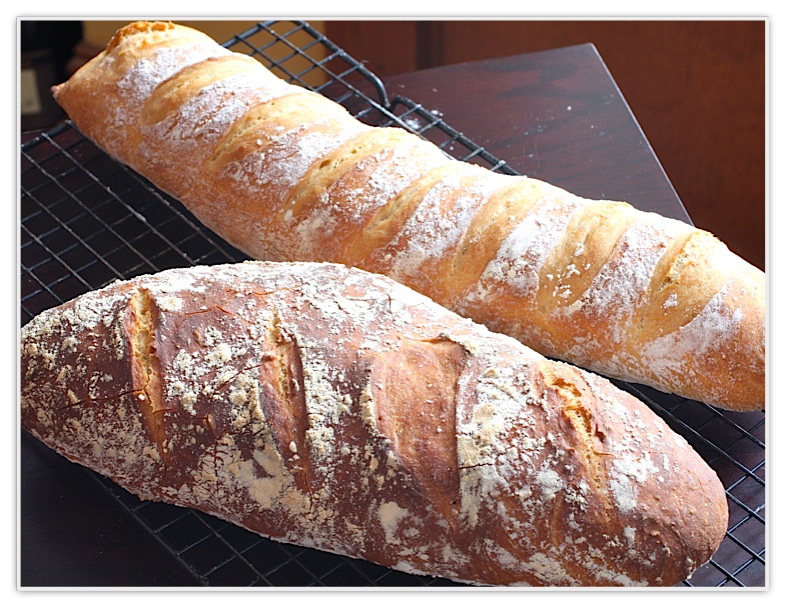
Check out the Artisan Bread in Five Minutes a Day website - Jeff and Zoe have great tips and recipes over there.

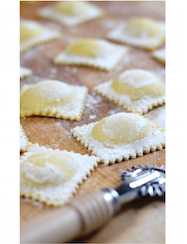
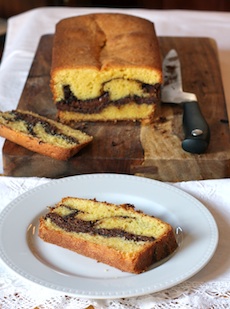
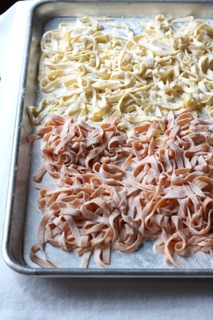
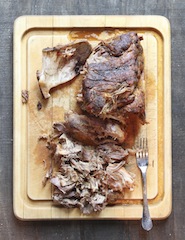
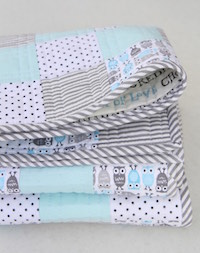
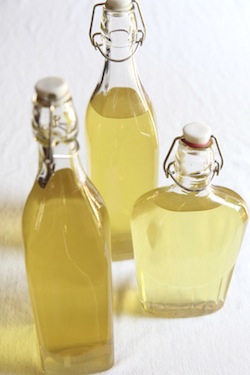
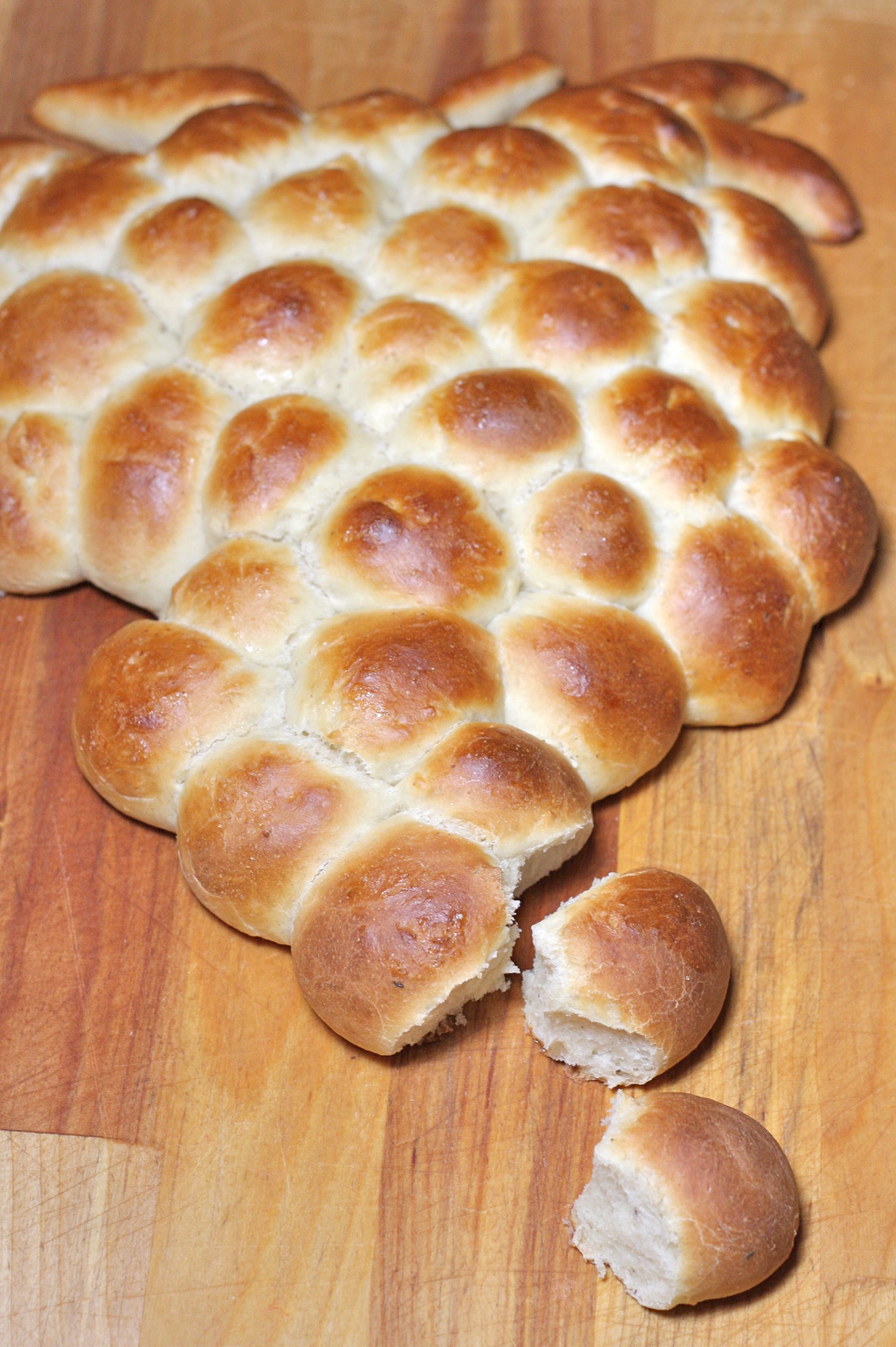

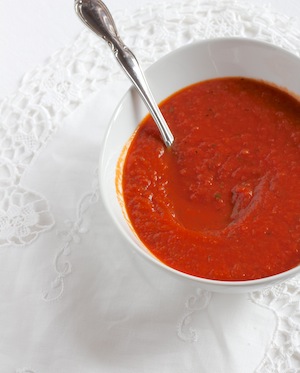
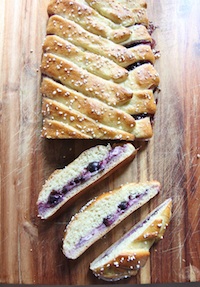

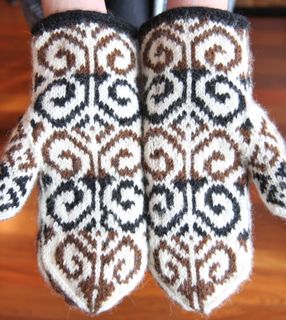






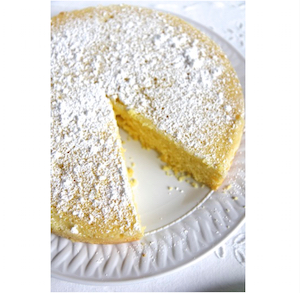
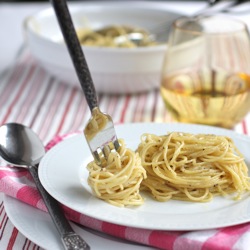


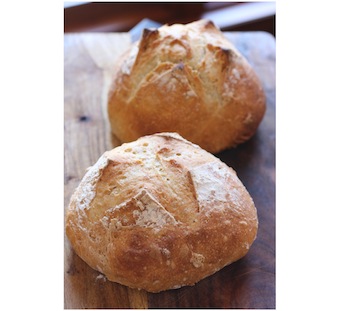


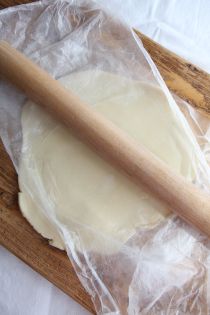

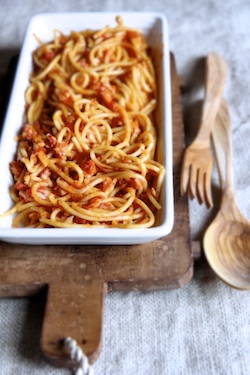
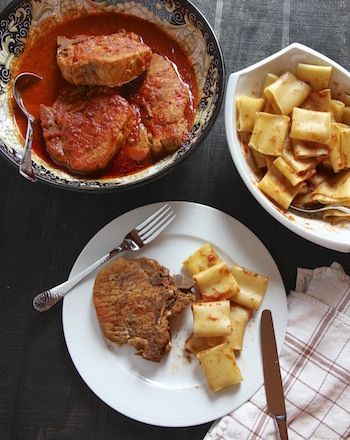
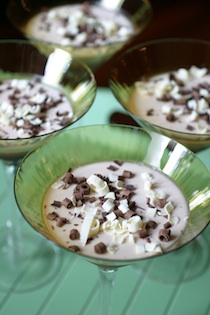








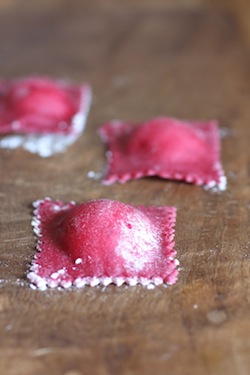

Reader Comments (468)
Hi, One commenter asked about why her bread sometimes came out flat. You responded with asking if she might be using low protein flour. Do you happen to have a recipe for this bread using low protein flour? My husband has to watch his protein intake, and bread is quite high in protein. Would love any suggestions you have for this. Thanks!
From The Italian Dish:
Amber: I've never made bread with low protein flour, so I can't give you any tips for that. But there's actually a lot of information on the web about baking bread with low protein flours. Hope you can find a recipe your hubby likes!
I make this bread every other day, we love it and our kids will not eat any other type of bread. Its great on the wallet.
That bread looks so delicious!
Since last summer, family members from various places around the world have been hooked on this bread -- with various adaptations. Does anyone know if one could bake it with a tile rather than a stone? I have several unused floor tiles sitting around, some glazed, some not.
I absolutely love this recipe and have been using it on a VERY regular basis for past 2 months.
Yesterday I changed the recipe a bit and used 2 cups whole wheat flour and 4 and 1/2 Cups of All purpose flour. What a treat! It is absolutely delicious.
I use the cast iron casserole method and baked my 750 g loaf for 35 minutes. It is absolutely perfect and delicious.
Hi there, I am just trying this wonderful looking recipe out, but the dough does not look as thick as yours. Would it be possible to write down the amount of water and flour in grams instead of cups please? I tried google-ing it, but it all gives different amounts. :( Thank you.
Excellent post i.e. recipe! I'm looking forward to trying it as my family and I appreciate a real homemade bread. Thank you for making it so easy to follow with these great photos.
Wow I actually made bread and I am so impressed on how easy it was. Thank you so much for the helpful hints, enjoyed the information. Can you use rye flour to make a rye bread? Is it more complicated? My husband really likes rye bread and i would love to suprise him and make it. Thanks again
One thing i've found really useful for baking bread is a clue from chef brad on his fusion grain site. Use one of those tiny thermometers you can poke into the bread. Usually about 185 f for most breads, 210 f for french types. Love your recipe and going to try it tonite!
Hi, so im trying out your recipe for the first time and i did the mistake of not reading the recipe properly.
Instead of leaving the dough to rise at room temperature for about 2 hours, i put it in the fridge for about 2 hours!
Do you have any comments on what i should do to save my dough?
From The Italian Dish:
New Baker: No problem! As long as you see that the dough has risen, even in the fridge, it is okay!
I've used several bread recipes over the years and this no-knead has been the most successful so far. One problem that I consistently have had however is that the dough tends to spread out on the peel rather than rise high after removal from the frig for the rise before being placed in the oven; the loaf is more disk shaped rather than compactly round and high. I've tried increasing the amount of flour to get a stiffer dough, tried half all purpose & bread flour, etc. but that only seems to result in a denser somewhat tough loaf texture. My initial rise before placement in the frig goes quite nicely so I know I have active yeast, lame slashes allow for some oven spring but not as much as I expect and the end result is just not a nice tall round boule. Anyone had similar problems and found an obvious solution I'm missing?
Thank you so much for this awesome post! I am actually looking to do this recipe gluten-free. I know GF always poses a problem with rising and such, but have you or anyone else out there tried this or a similar recipe gluten-free? I'd love to know how it turns out. If so, I will be delighted to try this recipe!
Thank you for taking the time to post this. I just halved this recipe and am waiting for it to rise now. Is it necessary to only use rapid yeast or can I just regular? Thank you again!
A tip for you. A jar of yeast from the grocery store is about $4-5...if you have a Costco membership, you can get a 2 pound package of yeast for about $3! :) A GREAT DEAL! :)
Any suggestions for using whole wheat, six grain or other flours instead of using all white flour? Thanks for the great blog!
Hi Folks, just wanted to update some of the methods I have used for this delightful, delicious bread.
I use a cast iron enamel pot, 3.5 L rather than a pizza peel. I preheat it at 450 for twenty minutes and then place my shaped and risen dough into the pot, put the cover on and bake for 35 minutes. Perfection! The loaf is risen and crust is crispy.
I also use 2 cups of whole wheat flour and 4.5 Cups All purpose unbleached flour and the bread rises beautifully and is perfect every time.
From The Italian Dish:
Sherry:
If you read through the comments, you will see a lot about using whole wheat flours. I've used half and half (half white whole wheat and half regular AP) and it's turned out well. My favorite thing to do is to add about 3/4 cup of wheat bran to the regular recipe.
(My favorite way to make this bread now is to use half bread flour, half all-purpose flour and throw in 3/4 cup wheat bran into the dough.)
Quick question would that be 3 1/4 cup AP flour, 3 1/4 cup bread flour then 3/4 cup wheat bran?? Want to make this for Monday book club. Looking forward to making may delicious loafs!
I love making bread and my friend sent me the link to this recipe and it was really good! I love that I was able to leave the dough in the fridge and bake one loaf at a time. I look forward to trying more recipes from your site!
From The Italian Dish:
Park City Foodie: Currently I am doing 3 cups of AP flour, about 3-1/2 cups bread flour and 3/4 cups wheat bran. That is my favorite right now! It's fun to experiment. By the way - are you in Utah? We love Park City.
Thanks for the tip & I made it yesterday (w/out the wheat bran). The bread turned out great & served it last night w/ your recipe "Bucatini all'Amatriciana". The dinner party gave both the thumbs up..it was hit! I'll take your suggestion & try that on the next batch. Yes, Utah..we love it here too. I'st a pretty spring day in the mountains..just back from a hike.
This looks so wonderfully easy and tasty! :) Thank you for doing such a great job in sourcing the information and putting together a stellar tutorial.
I would love to make this but can't find unsifted flour. Is it okay if I use sifted flour? I have everything in my kitchen ready to go right now if I can. Thank you!
From The Italian Dish:
Stacy: I guess I'm not even sure what you mean by sifted flour. Regular flour is unsifted. What do you mean?
In the recipe it calls for unsifted, unbleached all purpose flour. The only flour that I can find that is unbleached says on the bag "Unbleached, enriched, presifted flour". It is made by Gold Medal. There were only 2 brands of unbleached flour at the store, the store brand and this one, and both said presifted on the bag.
I think I am having a stupid moment, lol. Maybe it doesn't matter if the flour has been sifted before I bought it, it just matters if I sift it before I mix it? This is what happens when you have 3 kids and are finishing up three college classes and you decide you want to impress your husband with some awesome homemade bread:)
As expected, this turned out just as I expected...and was delicious with new stand-by avocado oil, parm cheese, a few capers, and fine chopped oregano!! d'avo avocado . com Also had some tapenade at the ready that I had made with the capers, mix and match olives, and avocado oil.
could this recipe be adapted to a gluten free bread?
Hi! I just found your blog on Pinterest via the Capri Lemon cake recipe and just whipped up a batch of this no-knead bread (rising now) while waiting for the lemon cake to come out of the oven. This is the FIRST time I've FINALLY been inspired to DO something from Pinterest... because your blog and the way your write about recipes is just really accessible and FUN. Thank you and I'm looking forward to following more of your guidance. Also clicked over to Italian Dish Knits and am super happy to find that, too. You rock and thank you!
Oh, and I am one of those "no white flour" girls, so subbed whole wheat and even mixed-whole grain (barley/oat, etc.) flour in the bread and cake. :) Will let you know how it turns out! <3
This works big time! I tried it for the 1st time and I amazed myself! Quick, easy, simple and inexpensive!
Thank you so much! I just made delicious bread with one batch and I used it as pizza crust for another! Both were hits with the entire family! I used Bread flour, whole wheat flour, and wheat bran and it turned out perfectly!
Thank you so much for this recipe. Amazingly good & so easy.
If I wanted to make dinner rolls, how long would I bake them?
Thanks for this excellent recipe. One question: What would happen if I put a bit less salt in?
Hi, just wondering if I could add 1-2 cups of sugar to the recipe. Would it change anything?
From The Italian Dish:
Will: You can certainly add less salt. It will only affect the taste, nothing else.
Dounia: What? Seriously? Do not add 1-2 cups of sugar to this recipe.
I made this bread yesterday, it was so easy and so good!
Pat
Thanks for the recipe. I now have been making our own bread every day for 3 weeks. I altered the recipe a bit and substituted 1 1/2 cups of flour with I cup of ground whole wheat and 1/2 cup of ground linseed ans sunflowers seeds. It's perfect!
This bread is amazing! I have been making it all week. It comes out perfect each and every single time. Friends and family are raving over it! Thank you thank you thank you!
Does the flour have to be unbleached and un sifted?
I love this bread! My husband craves it and I make it all the time! Thnks for sharing your wonderful recipe and I absolutely love your blog!!:)
Hi! Thank's so much for the recipe and intstructions. This was my first time making home-made bread and I was very happy with the easiness of the recipe! I have one question however... The bread turned out a bit heavy and moist, not light and fluffy at all. I wasn't sure if that was the way it was supposed to turn out or if there was anything I could do to improve that.
Thanks so much for sharing and helping!
From The Italian Dish:
Lisa: Haven't tried it with bleached flour, so I can't say!
Levi: If your loaf is turning out moist on the inside, try baking it longer and/or using a little more flour (1/4 cup) in the next batch of dough.
How do you measure your cups of flour, heavy or light? Or better yet, how much do your cups of flour weigh?
Sorry, just saw you used the scoop and level method for the flour. should have read more carefully before asking.
Can I use regular yeast, or does it have to be fast acting? I cannot wait to make this!
I'm a brand-new baker and I've done this twice now, first with a combination of all-purpose and bread flours, and then with a combination of bread and whole wheat flours. The result of both has been a very tasty boule. However, I also would like to try to make it a little more dense. How can I modify this recipe to make a less-dense bread?
GK
From The Italian Dish:
Trish: You can use regular active yeast, but fast acting or instant yeast is so much easier. Read this post if you need more info on yeast: http://tinyurl.com/yb753n3
GK: Do you mean more dense or less dense?
Hi! I found your recipe through pinterest and tried it immediately. It was exactly what I was looking for. I am trying to replicate this very very crusty bread that I get from an italian market called Claro's Italian Market, in southern california. This one comes very close. Do you have any suggestions on how to maximize the thinkness of the crustiness, and how to keep it that way. Even sitting out on the counter unwrapped after baking, it lost its crunch after several hours. I used a combo of the bread and all purpose flours. Thanks!